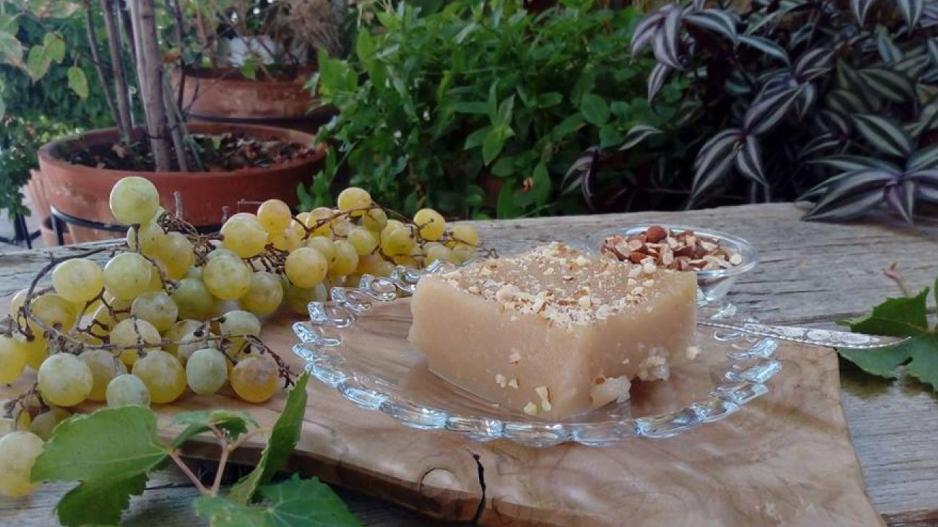Autumn months, especially September and October, are the traditional months of the grape harvest from the vineyards covering the rolling slopes of Cyprus. The wine history of Cyprus dates back thousands of years, and harvesting is closely linked to traditions, rituals and fun filled festivals.
When it’s time to harvest, families gather and the process begins, which can last anywhere from five or six days to more than a month. Grapes are traditionally harvested by hand, which is the preferred method for high-quality wine production and it’s the best way to separate the good grapes from the bad. Then, grapes are transported to the local wineries to turn into Cypriot wine. At the same time, communities around Cyprus, especially in the Troodos mountains, organise festivals dedicated to grape harvest and products made of grape juice, and invite both local and foreign visitors to participate in fun filled activities on this occasion, that brings people together, to celebrate and share cultural and natural heritage.
Grapes in Cyprus are not only used for wine making. People got creative in the kitchen and discovered many ways to consume and preserve the excess of the grape juice, such as Soutzioukkos , ppalouzes, kiofterka, epsima and portos.
- Soutzioukkos is unique to Cyprus. The preparation starts with almonds or walnuts, shelled and soaked to turn soft, and then sewn on a thread of about two meters long. The thread is then dipped into hot ppalouzes several times. Each time the threat has to be left to dry before it is dipped again. Every time a new layer of ppalouzes is added to the previous one until its diameter becomes four to six cm. Soutzioukkos is then left to dry for five to six days, losing much of its moisture, thus increasing its longevity.
- Ppalouzes is prepared from the filtered grape juice, which is reheated until its colour turns golden and is then mixed with flour. The mixture created is then stirred continuously until it thickens to a creamy consistency. Rose water or mastic or cinnamon is added to give an extra intense flavor. Ppalouzes is now ready and poured into plates to cool. Some people enjoy eating ppalouzes hot but it is more commonly served cold topped with crushed almonds or walnuts.
- Kiofterka are rectangular shaped pieces of Ppalouzes that are left to dry in the shade for many days.
- Epsima is concentrated grape juice made of black grapes. The grape juice is left to boil without stirring until it condenses into a thick, black, sweet and sour syrup that has the consistency of honey. Epsima can be used as a substitute for honey or sugar.
- Portos is a kind of marmalade. Crushed wheat is stirred into hot grape juice and heated until it thickens. When ready, roasted sesame seeds are added into the mixture.
It’s worth mentioning that these delicacies are often accompanied by a drink of zivania, the local drink made from kernels, which are best enjoyed in winter.

